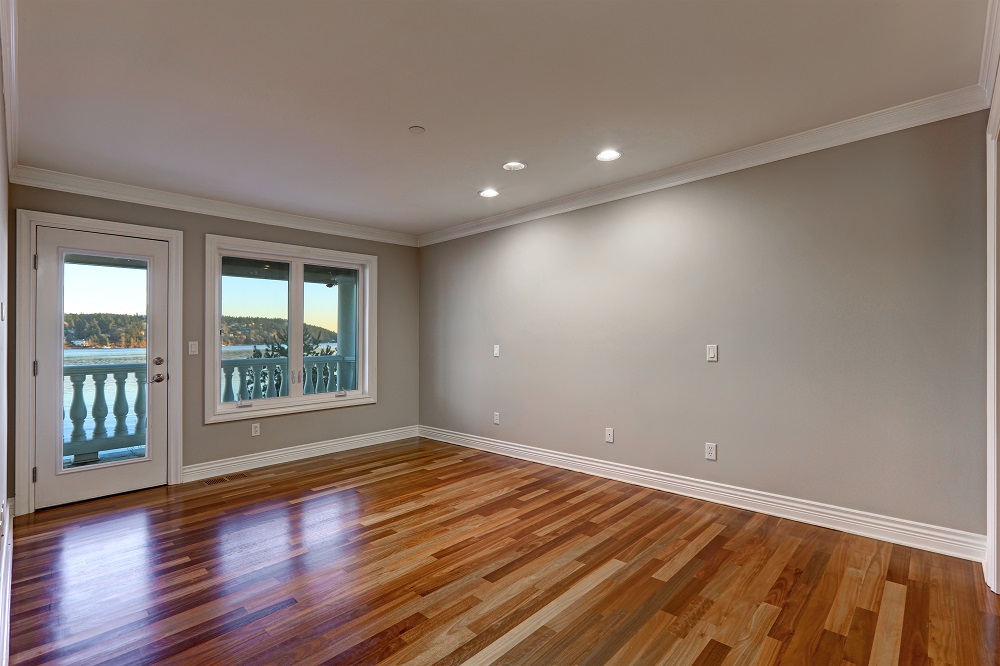Preparing and Painting the Bathroom Ceiling: Bathroom Ceiling Paint Finish

A well-prepared bathroom ceiling is essential for achieving a smooth and long-lasting paint finish. Proper preparation involves cleaning, patching, and sanding to create a surface that is ready to receive paint.
Cleaning the Bathroom Ceiling
Before painting, it is crucial to clean the bathroom ceiling thoroughly to remove dirt, dust, cobwebs, and any existing paint residue. This step ensures that the paint adheres properly and creates a smooth, even finish.
- Use a vacuum cleaner with a brush attachment to remove dust and cobwebs from the ceiling.
- Wipe the ceiling with a damp cloth or sponge to remove any remaining dirt or grime.
- Allow the ceiling to dry completely before proceeding to the next step.
Patching the Bathroom Ceiling
Any cracks, holes, or imperfections on the bathroom ceiling should be patched before painting. Patching these imperfections creates a smooth surface and prevents the paint from highlighting these flaws.
- Use a patching compound or spackling paste to fill in any cracks or holes.
- Apply the patching compound with a putty knife, ensuring it is smooth and level with the surrounding surface.
- Allow the patching compound to dry completely before sanding.
Sanding the Bathroom Ceiling
Sanding the bathroom ceiling after patching is essential to create a smooth surface for painting. Sanding helps to remove any rough edges or imperfections and ensures that the paint adheres evenly.
- Use fine-grit sandpaper (120-grit or higher) to smooth out any rough edges or imperfections.
- Sand the ceiling gently in a circular motion, working in small sections.
- Remove any sanding dust with a damp cloth or vacuum cleaner before proceeding to painting.
Painting the Bathroom Ceiling, Bathroom ceiling paint finish
Painting the bathroom ceiling requires a methodical approach to achieve a smooth and even finish. This involves using the right tools, techniques, and paint for a professional-looking result.
- Use a high-quality paint roller designed for ceilings. These rollers have a long nap, which helps to distribute the paint evenly and minimize brush strokes.
- Choose a paint specifically formulated for bathrooms. This type of paint is moisture-resistant and mildew-resistant, ensuring a durable and long-lasting finish.
- Before painting, use painter’s tape to protect any areas that you do not want to paint, such as walls, trim, or fixtures.
Applying Paint to the Bathroom Ceiling
Applying paint to the bathroom ceiling requires a systematic approach to ensure a smooth and even finish. This involves using the right techniques and tools for a professional-looking result.
- Start by painting the edges of the ceiling with a brush. This creates a clean line and prevents the roller from getting too close to the walls or trim.
- Use long, even strokes with the roller, working in sections. Overlap each stroke by about 50% to ensure even coverage.
- Apply a thin coat of paint first, allowing it to dry completely before applying a second coat.
- For a smoother finish, apply a light coat of paint, allowing it to dry completely before applying another light coat.
Tips for Minimizing Paint Splatter
Paint splatters can be a common problem when painting ceilings. However, with the right techniques, you can minimize splatters and achieve a professional-looking finish.
- Use a paint tray with a liner to prevent paint from dripping onto the floor.
- Load the roller with a moderate amount of paint. Avoid overloading the roller, as this can lead to splattering.
- Roll the paint evenly onto the ceiling, using a smooth and steady motion.
- Avoid pressing too hard on the roller, as this can also cause splattering.
Tips for Achieving a Professional-Looking Finish
A professional-looking paint finish requires attention to detail and the use of proper techniques.
- Use a high-quality paint specifically formulated for bathrooms. This type of paint is moisture-resistant and mildew-resistant, ensuring a durable and long-lasting finish.
- Apply thin coats of paint, allowing each coat to dry completely before applying the next. This prevents the paint from becoming too thick and creating an uneven finish.
- Use a paint roller with a long nap to distribute the paint evenly and minimize brush strokes.
- Avoid painting in direct sunlight or when the temperature is too hot or too cold. These conditions can cause the paint to dry too quickly, leading to an uneven finish.
- Use painter’s tape to protect any areas that you do not want to paint, such as walls, trim, or fixtures.
Bathroom ceiling paint finish – A matte finish on your bathroom ceiling can help diffuse light and create a sense of calm, especially in a smaller space. If you’re looking to maximize space and style, consider a small open bathroom vanity that can offer ample storage while maintaining an airy feel.
And to further enhance the sense of spaciousness, opt for a lighter shade of paint on the ceiling, which can visually expand the room and complement the clean lines of your new vanity.
A glossy bathroom ceiling paint finish can create the illusion of more space, reflecting light and brightening the room. However, if you’re dealing with a cramped bathroom, consider optimizing space with clever solutions like doors for small bathrooms that slide or fold, maximizing floor area.
Ultimately, a well-chosen paint finish can work in tandem with smart design choices to create a bathroom that feels both spacious and stylish.
